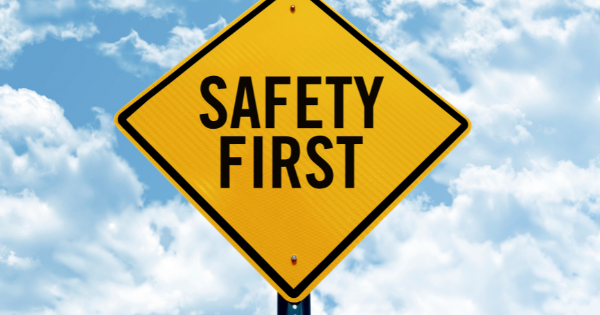Not everyone on a battlefield is wounded or killed by direct fire, a snipers bullet or an explosion. Many casualties come from the ricochet of a bullet or shrapnel, which can just as easily change a life forever. And make no mistake, we are on a battlefield everyday as we do our best to protect and heal our patients. Our errors are usually not errors of commission but errors of omission. Often, there are many external factors – such as communication, which in part, is responsible for elevating medical errors to the number three cause of death in the United States!
Let me share a few thoughts which might become your Professional Kevlar Vest, as you start your tasks tomorrow morning. This is a mere overview on a topic that could rightfully fill volumes.
I am focusing on “shared errors” in this article because they are the most difficult to defend and are among the most common causes of morbidity and mortality. By using the word shared, I mean that somewhere along the chain of communication, someone has made a grievous mistake overlooked by other team members. Too often, ALL are implicated in the error and any subsequent malpractice action. I read an interesting study – “The Healthcare Leader’s Guide: Preventing Patient Harm Through Better Communication” – on www.spok.com this month. This guide offers many proactive suggestions for all healthcare providers. If you are employed in a hospital setting, this insightful information is crucial.
One of the most common errors made in the practice of medicine and nursing relate to medication errors. Such failures may stem from a variety of causes such as poor training and lack of knowledge, but often, poor communication becomes the leading pathway to mistakes. A wrongful death after overlooking a drug allergy in a medical record was recently reported by Ann W. Latner, JD on the MPR website. There were two standard-of-care issues: one was the administration of a drug in the face of an indicated allergy and the second related to the response of the medical and nursing care of the deceased patient. In the end, a patient has died and a family is grieving its loss. It’s personal and it’s very sad. This could have been prevented with a careful look at the medical record, acknowledgement and red flagging the documented, past sensitivity to a specific antibiotic which would have demanded a trial of a similar medication. Unfortunately, this took place in an ER, which very often is a chaotic environment – one in critical need of even stricter guidelines than other clinical settings.
When a patient has wrong side surgery, this too is a shared error, as all clinical participants have access to the chart. There are regulations made by AORN and approved by the American College of Surgeons which mandate marking the pre-operative area and signing one’s initial, prior to the patient being released to the OR. This too, should be checked by all involved in the surgery against the medical record, despite the fact that only the surgeon is permitted to mark the patient.
Once the patient is inside the OR, a sponge and instrument count is indicated. Unfortunately, nighttime emergency surgery and cases such as a ruptured aortic aneurysm command such focus and speed that sponge and instrument counts may falter, resulting in items being retained in a body cavity. This is a critical loss for the patient, the hospital and all of the shared healthcare team. A further risk involves potential abscess or a perforating injury.
The last major error is a delay in treatment because of poor communication. There are a plethora of diagnoses which demand immediate attention to prevent stroke, MI, abscess, metabolic disorders and different types of shock. One faulty, misguided error by anyone on the team is a shared casualty perpetrated by the institution involved.
The bottom line for all healthcare providers, other than more advanced prevention training, is your exposure to liability and the insurance you need to mitigate that risk. If you are working in a hospital, you are most likely covered by “an insurance plan”. But have you seen the policy? Are you listed by name and are you aware of its limits? Is the policy Claims-Made or Occurrence form, which addresses future claims for past events? These are a few of the many questions which you should understand, as every provider is in danger of a ricocheting medical error which can make them a party to patient injury or loss of life… and subsequent legal claims. This is the reason why every healthcare professional should own their own personal professional liability insurance plan; one with their name on the policy, which protects their interests first, with their own legal defense team and personal limits of liability. It is the price we all pay in a very litigious world, but it is worth every penny to have such personal reassurance and peace of mind.
I have maintained my own policy throughout my entire surgery and ER career and I am very grateful to have never had a legal claim. Nonetheless, my insurance policy has given me immeasurable peace of mind, that should I ever need defense and financial protection, that I was secure.
By Robert M. Blumm, PA, DFAAPA, PA-C Emeritus
PA Advisor to CM&F



